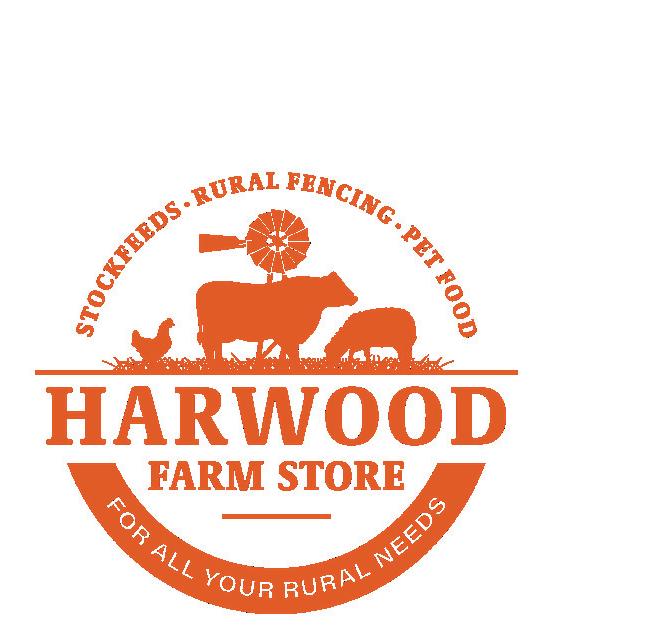
3 minute read
SPENCER AND DORIS SPINAZE
By Helen Trustum
Joseph Spencer Spinaze was born 1st August 1924 in Lismore. His parents were Guiseppe and Maria Spinaze from South Gundurimba, Pioneers of New Italy. Spencer, as he was known, was schooled at South Gundurimba, where he left at the age of 14 years. On leaving school he began working for Piercy & Nott in Lismore. They were a Wholesale Grocery and Hardware in Lismore. Piercy & Nott also had a business in Casino and Murwillumbah.
Spencer served in the RAAF for four years from the age of 18 years returning to work for E. J. Eggins at the end of War. E.J. Eggins were a seed merchant and Produce store in Lismore. He stayed with E.J. Eggins for 42 years, retiring there as manager. Spencer will always be remembered for a segment on Radio 2LM every Saturday night at 6.30 pm. The programme was called “While the Billy Boils”. He would talk about what crops to plant and general farm ideas.
Spencer met and married Doris Margaret Clarke, daughter of James and Marion Clarke on 29th November 1947.
Their family: Merran born 1950, Janet 1953, Kenneth 1957 and Margaret 1965.

Spencer’s frst recollection of the North Coast National was showing lettuce in 1938 in the Junior Farmer Section. The vegetables were displayed on high shelving and on handing them up to the steward, they were accidently dropped. Spencer was dismayed but he was assured they were so good it was unlikely they would receive any better entries. He was pleased to get frst prize. When Spencer started work at E.J. Eggins Pty Ltd, he was one of the helpers organizing the display of seed and produce in the main pavilion and then “man it” during the show. The late E.J. Eggins was President at the time and Harry Pritchard was Secretary. He also showed Friesian cattle and poultry. It wasn’t long before Spencer was approached to stand as President of the North Coast National. He was Chief Beef Cattle Steward for two years and 1968 was the start of a very interesting and challenging term as President. The frst three years as President were very wet and the grounds were a quagmire. He remembered walking around the grounds the day after the show with mud halfway up his knees. Walkways were needed through the side-show area. Cement roads were constructed which also act as drains, with the water running down the middle of the roads. Most of this work was funded by the Commonwealth Government the R.E.D. Scheme.

Spencer felt the Lismore Showground had to be used for more than the annual show. Midway through 1969 he was approached by Neil Mansell and Dutton Stibbard to see if the Society might be interested in starting speedway on the grounds. They were already running speedway in Kingaroy and Toowoomba. After a hurried show meeting Tom Somerville, Murray McKinnon, Ken Somerville and Spencer travelled to Kingaroy for the next meeting. They were convinced this was the answer for the Society to achieve extra funds. A special fence had to be erected to comply with


Police safety regulations. This fence was built by voluntary labour from the Show Society members and Lismore Car Club members. The Speedway is still going and has raised considerable money over the years for charity. Since Lismore, Grafton Show Society also run speedway events. A great decision was made all round. The support received from the Lands Department and general public will always live in Spencer’s memory. He has a photo taken of the main arena when the lights were “switched on” in 1939 when Mr E.J. Eggins was President. In the 1970’s these lights were replaced by the ones that are there today. The frst Lismore Show was held in 1905 on what is now the Lismore Golf Course, hence the names of nearby streets Parade and Showview Streets. A large pine tree at Spencer and Doris’s front gate in Wyrallah Road was the entrance to the frst Lismore Showground. Spencer and Doris were presented with a medal giving the freedom of all the Shows in Group One in 1983. This was awarded for their deditation to the show movement and all their time and effort they put in.
Spencer is a descendant of the original New Italy Settlers. His father was six months old when he sailed on the ship “India” and one of the few surviving babies from the voyage. His mother was born at the settlement. In late 1881 only 217 of the original 340 stepped onto Australian soil. New Italy is situated 13km south of Woodburn. In all 3,030 acres of land was selected by the frst Italian settlers at New Italy. By 1888










